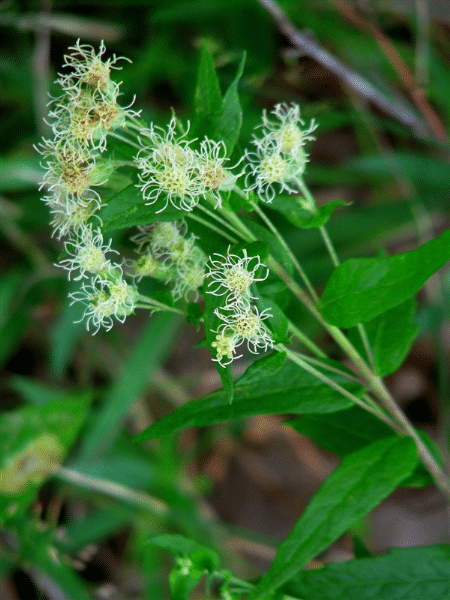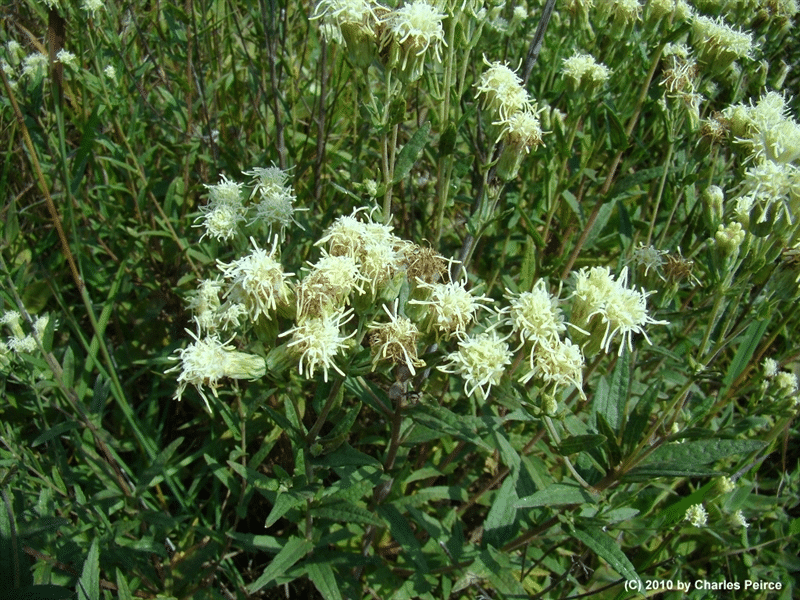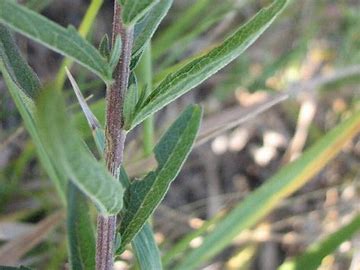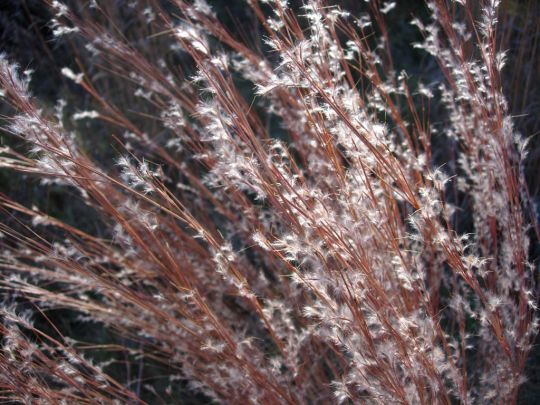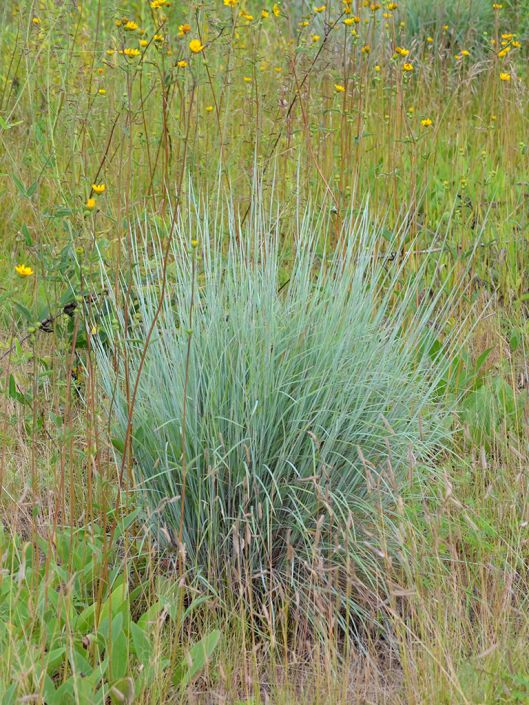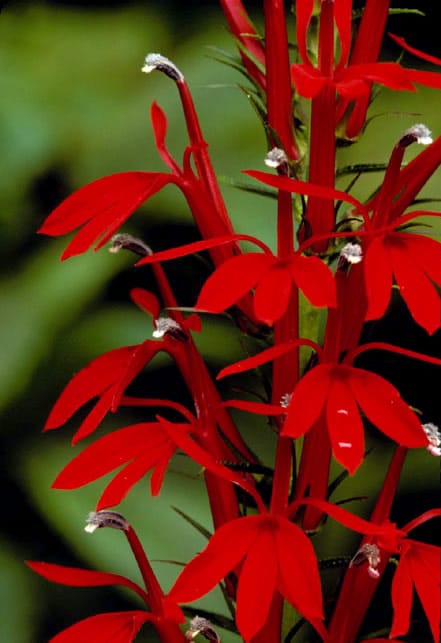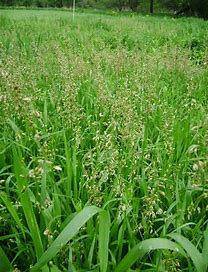Description
False Boneset flowers have branching clusters, sometimes a flat or round cluster at the top of the plant, or open and loose on branching stems. Flower heads are stalked, rayless (no petals) but have 15 to 30 disk flowers each with 5 tiny lobes and a forked, creamy white to pale yellow, thread-like style protruding from the center. The bracts are very narrow, flat to somewhat spreading, sometimes tinged purple at the tip, and form a cylinder nearly ½ inch long around the base of the flower head. Leaves are 1 to 4 inches long and up to about 1 inch wide, toothless or with a few scattered coarse teeth, variously hairy, dotted with glands on the underside, tapering to a pointed tip, with a single prominent vein. Lower leaves are short stalked, becoming stalkless in the upper plant. Attachment is alternate but leaves may be densely packed and some may appear opposite. Stems are single or multiple from the base, densely covered in short fine hairs, initially green and often becoming reddish brown with age, and woody at the base. The preference is full sun and dry conditions; a little shade is also tolerated. This plant prefers poor soil that contains too much clay, sand, or gravel, and it can thrive on slopes. Its toleration of drought is better than most plants in the tallgrass prairie. The leaves may turn yellow and start to shrivel away toward the end of the year, but this is normal. This plant doesn’t spread aggressively. While False Boneset grows to about 3′ tall, its taproot can extend 17 feet into the soil.
While the flowers of False Boneset vaguely resemble those of Eupatorium species, the leaves of each species should readily tell them apart. Common Boneset (Eupatorium perfoliatum) has broader perfoliate leaves (opposite leaf pairs that join around the stem) and Tall Boneset (Eupatorium altissimum) has leaves with consistent toothing around the tip half, and 3 distinct parallel veins. There are up to 6 varieties of Brickellia eupatorioides in North America.
Click here for more information from USDA-NRCS.

